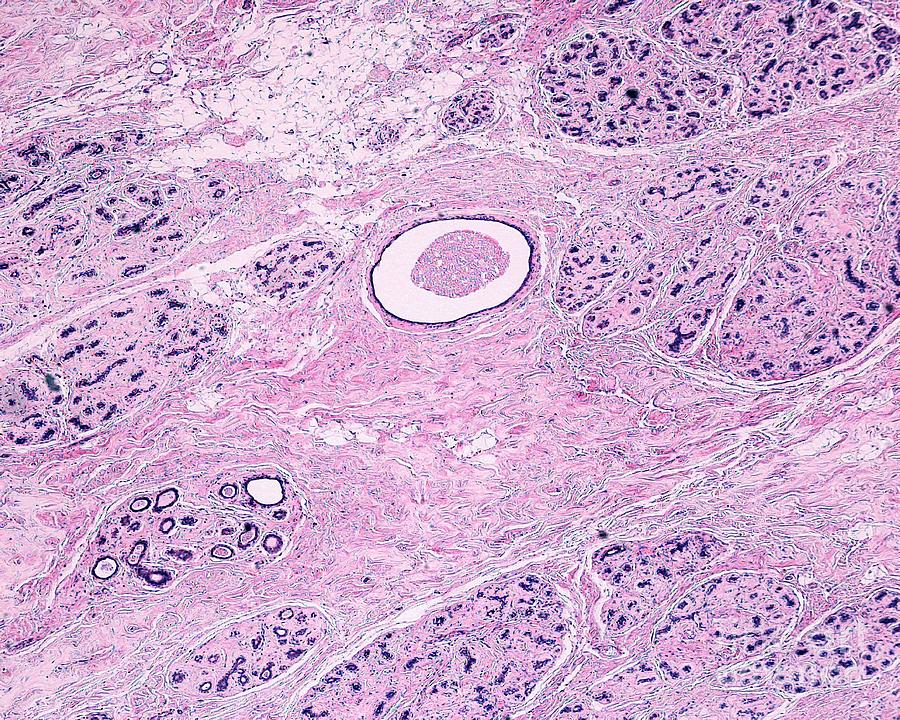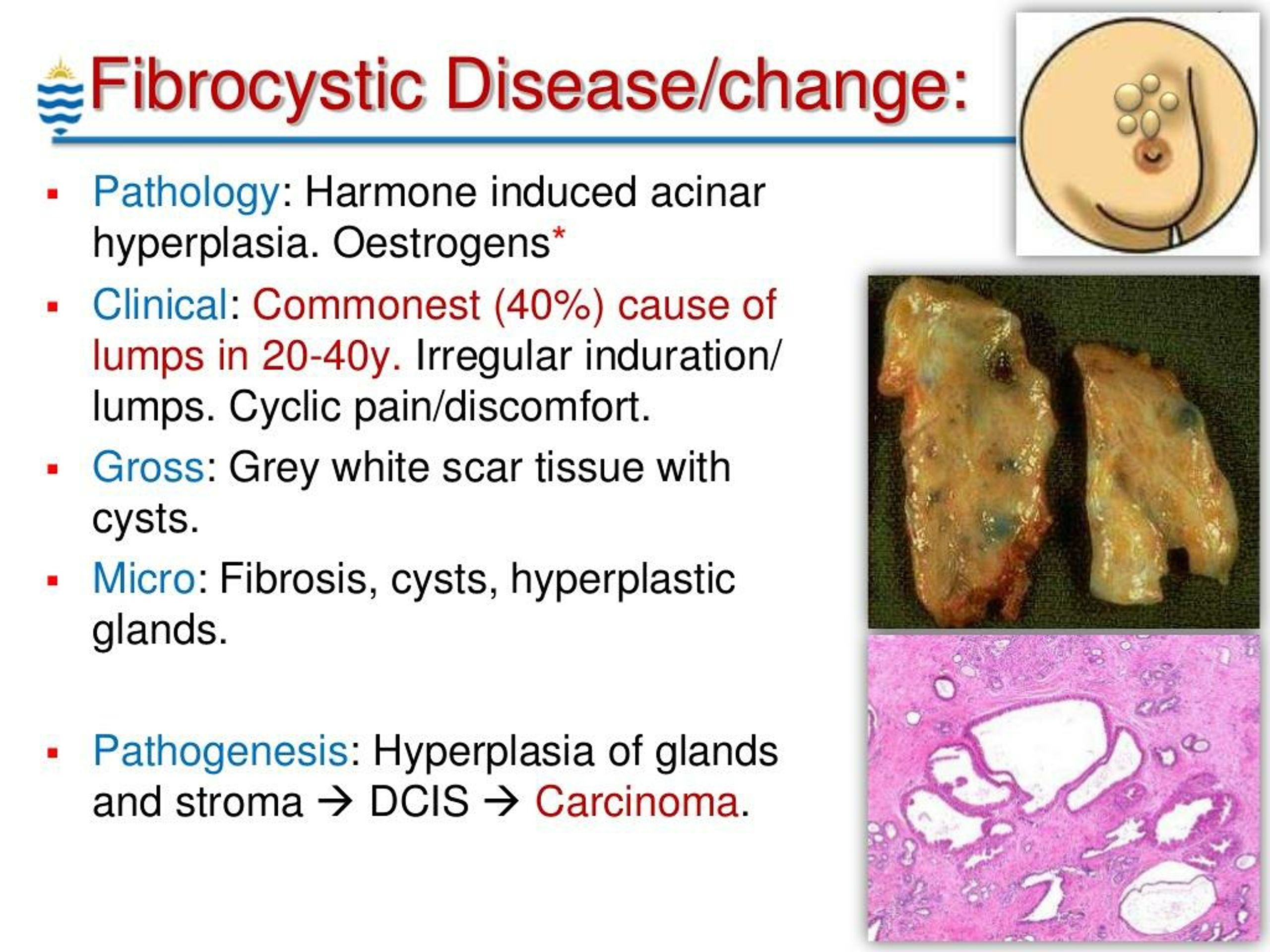
Most women with fibrocystic changes and without bothersome symptoms do not need treatment, but the doctor might recommend watching the changes closely. Surgery might be an option to remove cysts that continue to come back and cause symptoms. If removed, the fluid might come back later, but cysts may also go away over time. Removing the fluid may reduce pressure and pain for some time. Treatment of fibrocystic changesįibrocystic changes in the breast are thought to be natural, so generally no treatment is needed unless they are causing discomfort.Ĭysts that are painful can be drained using a thin, hollow needle, which might be done to confirm the diagnosis. There is a small chance complicated cysts and complex cystic and solid masses might contain cancer or put you at higher risk of breast cancer later on, depending on what is found on a biopsy. Neither fibrosis nor simple cysts increase your risk of later developing breast cancer. How do fibrocystic changes affect your risk for breast cancer? These findings have a higher chance of being cancer, so a biopsy is usually needed to find out for sure. A complex cystic and solid mass has features such as a solid component or thick outer walls.Complicated cysts are very unlikely to be cancer, but in some cases a doctor might advise a follow-up exam or a procedure to remove the fluid with a thin, hollow needle, just to be sure. A complicated cyst is similar to a simple cyst, but it has what looks like ‘debris’ floating in the fluid.Simple cysts are not a cause for concern. A simple cyst is filled entirely with fluid.If there is a concern about a lump possibly being cancer, a breast ultrasound typically is done to see if the lump is solid or if it has fluid in it (that is, if it's a cyst). At times you may notice some nipple discharge. These symptoms tend to be worse just before your menstrual period, and they may change (such as the lumps growing or shrinking) during different stages of your menstrual cycle. Most often, fibrocystic changes are diagnosed based on symptoms, such as breast lumps, swelling, and/or tenderness or pain. These can often be felt easily and can be as large as 1 or 2 inches across. If fluid continues to build up, they can develop into macrocysts (large cysts). They start as microcysts (very small cysts), which are too small to feel unless they are part of a cluster (group) of microcysts.

Monthly hormone changes often cause cysts to get bigger and become painful and sometimes more noticeable just before the menstrual period.Ĭysts begin when fluid starts to build up inside the breast glands.

They are most common in women in their 30s or 40s, but they can occur in women of any age. They are often felt as a round, movable lump (or lumps), which might be tender to the touch. CystsĬysts are fluid-filled, round or oval sacs within the breasts. Areas of fibrosis can feel rubbery or firm to the touch. Fibrosisįibrosis refers to an area of fibrous tissue, the same tissue that ligaments and scar tissue are made of.


These changes used to be called fibrocystic disease, but they are a normal finding in many women.įibrocystic changes are most common in women of child-bearing age, but they can affect women of any age. Many breast lumps turn out to be non-cancerous (benign) changes in fibrous tissue (fibrosis) and/or cysts, which together are known as fibrocystic changes.


 0 kommentar(er)
0 kommentar(er)
